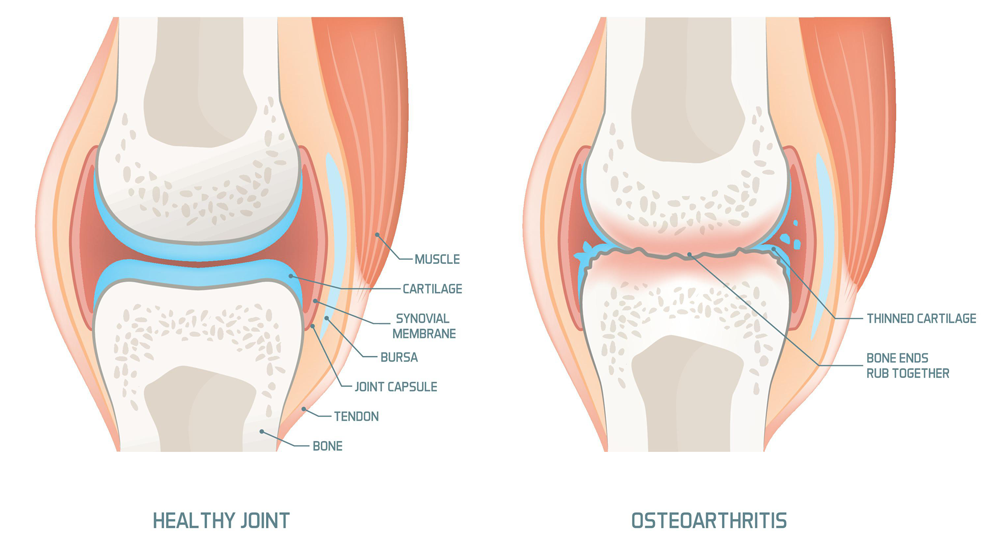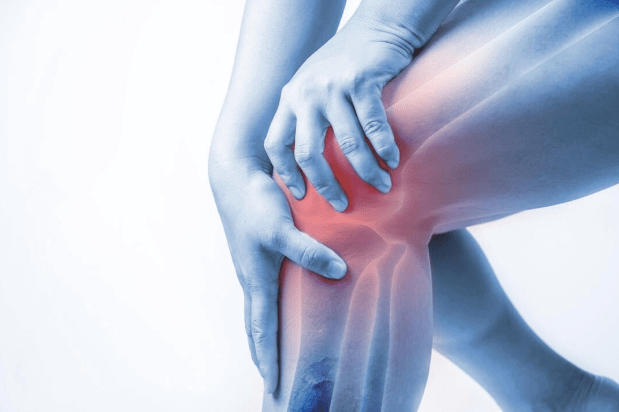Osteoarthritis is the most common form of arthritis. Osteoarthritis is the damaging of the cartilage on the joints and bone wall that causes pain, and problems in movement. Moreover, cartilage acts as a lubricant and a protective cover for the bones.

Furthermore, cartilage disintegration is an irreversible process. There are numerous procedures, and therapies to slow down the process, however, scientists have found the most efficient way. Using an injectable therapy that harnesses the protein production; making the protein dance.
The Injectable Therapy
The injectable therapy primarily activates the gene expression necessity for protein growth. Moreover, the increasing dancing motion of the protein molecule increases cartilage formation.
Conducted by Northwestern University researchers, and published in the Journal of the American Chemical Society. The injection looks into harnessing fast-moving molecules; protein molecules repeating damaged cartilage, to an extent. Meanwhile, the injection only takes 2 to 3 days to activate the protein molecules.
Northwestern’s Samuel I Stupp, leading the study found a resemblance in dancing protein effects on bone joints, and brain and spinal cord. Samuel I Stupp stated, “When we first observed the therapeutic effects of dancing molecules, we did not see any reason why it should only apply to the spinal cord.” Furthermore, he added, “Now, we observe the effects in two cell types that are completely disconnected from one another: cartilage cells in our joints and neurons in our brain and spinal cord. This makes me more confident that we might have discovered a universal phenomenon. It could apply to many other tissues.
What are Dancing Molecules?
Dancing molecules are protein molecules. Moreover, an injection therapy energizes their particle movement. In addition to it, these particles encourage stubborn tissues to regenerate. Furthermore, these protein molecules form tens of thousands of protein signals for cells. Meanwhile, this synthesis prompts the genetic makeup of cartilage protein. Leading to its rejuvenation.
Also Read: Lupus Disease: New Research Reveals Insights Into The Root Cause
Osteoarthritis: the Larger Picture

As of 2019, 530 million people are living with osteoarthritis. In most cases adults, moreover, a degenerative health disease is the most common health problem. Osteoarthritis mostly occurs in people above 50. Moreover, symptoms vary. A smaller number of people have symptoms.
Osteoarthritis is a very common disease. Adding to it, it has no cure, but preventive therapies like injective dancing molecules may slow the process down.
Future of the Dancing Molecules
Stupp and his team with the success of the current module are conducting more tests on animals. Moreover, they are adding more details to their therapy to make it more bioactive.
Meanwhile, with the success of the study, Stupp and his team are using their study in the regeneration of bones. Meanwhile, the study will be released soon.
Simultaneously, Stupp and his team have reached out FDA for approval for their test on spinal cords. Stupp added, “We are beginning to see the tremendous breadth of conditions that this fundamental discovery on ‘dancing molecules’ could apply to,”. Moreover, he added, “Controlling supramolecular motion through chemical design appears to be a powerful tool to increase efficacy for a range of regenerative therapies.”












